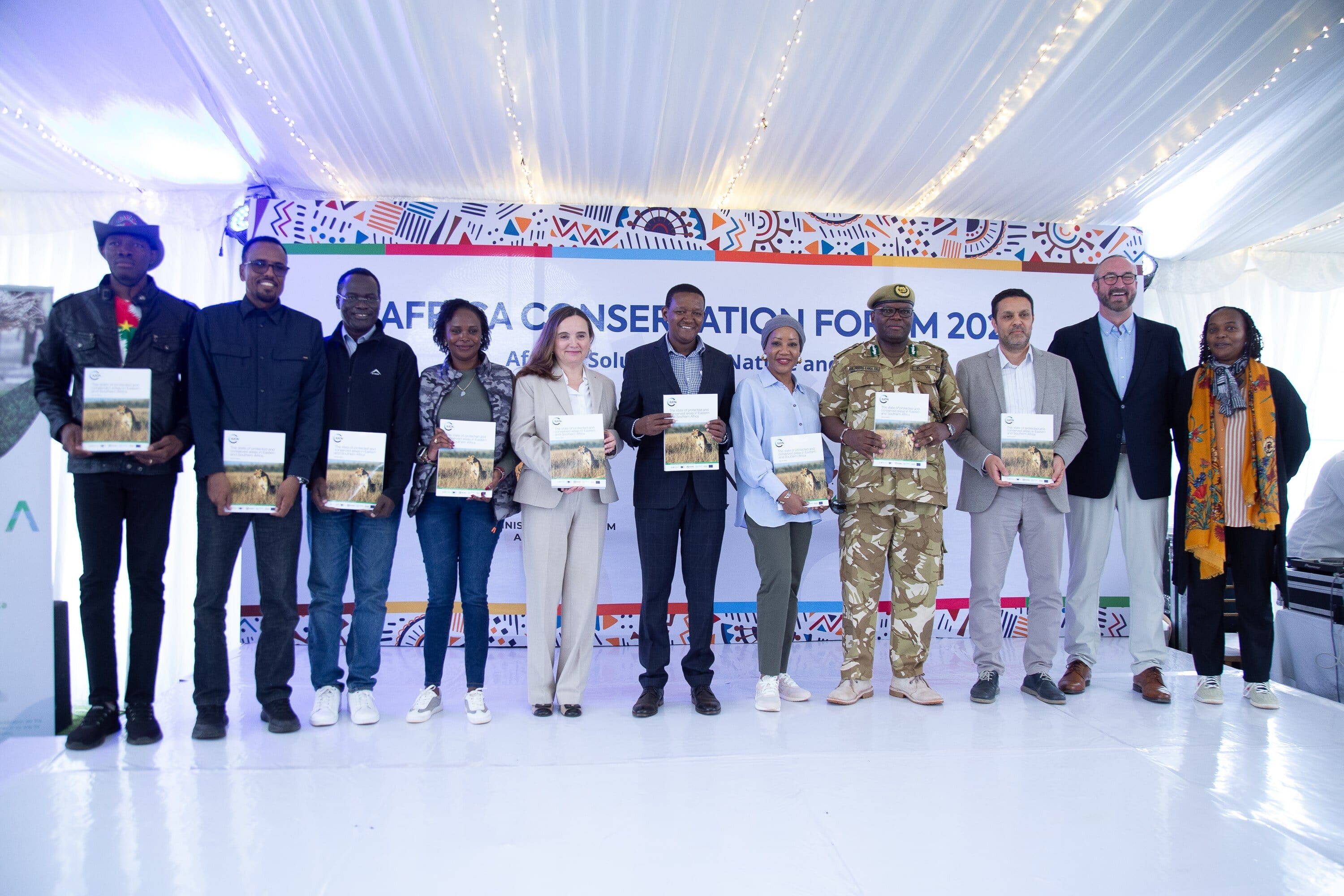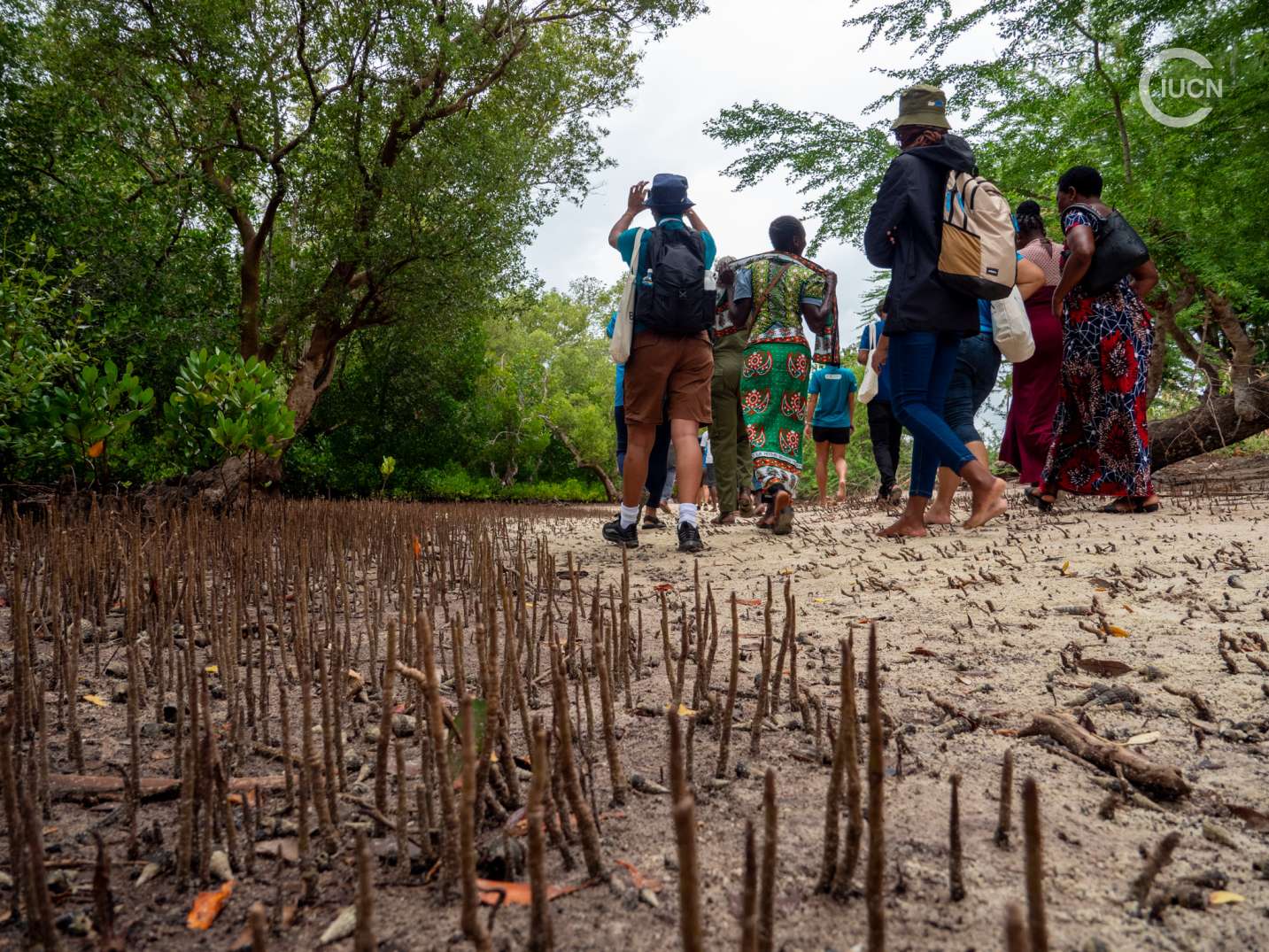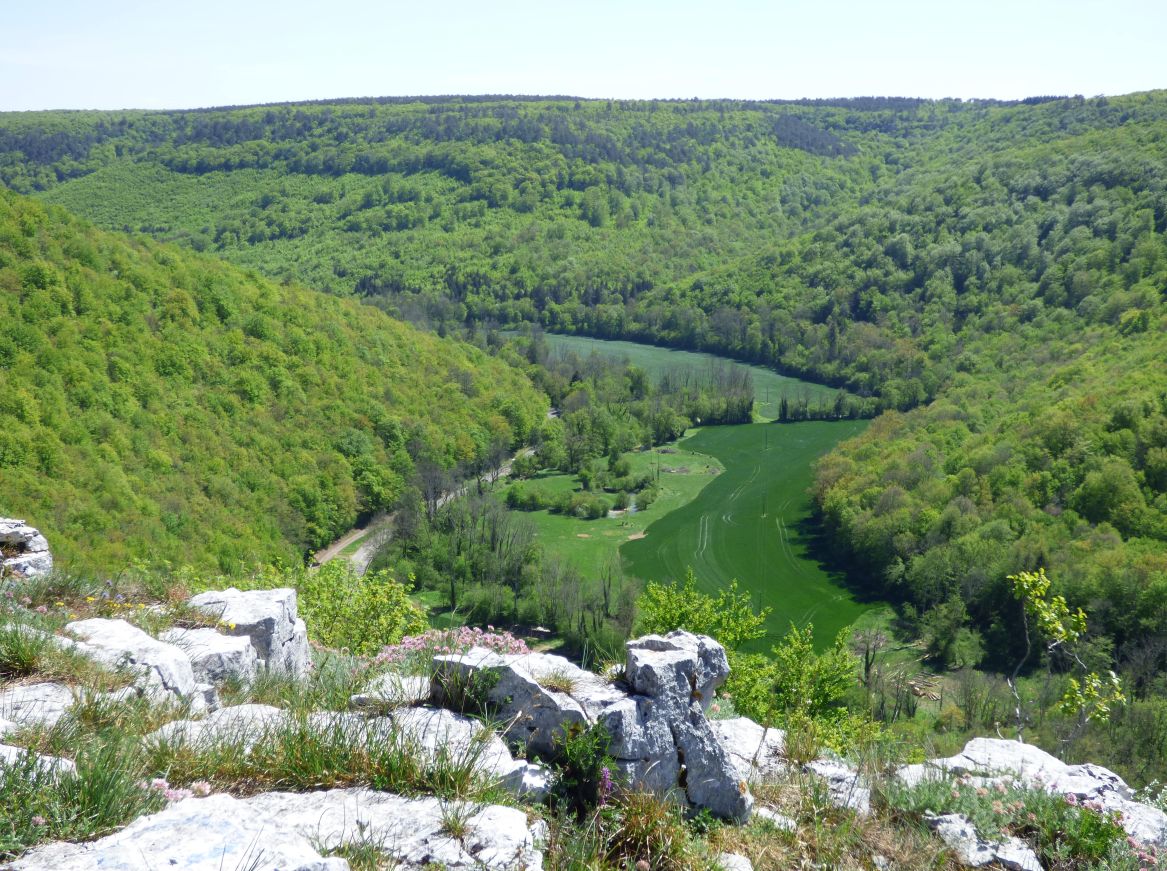SOPACA: Tracking the State of Protected and Conserved Areas in Eastern and Southern Africa
Thursday 27 June, 2024. Nairobi, Kenya – In the context of the Africa Regional Conservation Forum (RCF), the launch of the State of Protected and Conserved Areas (SOPACA) report for Eastern and Southern Africa represents an important stock-take of the progress achieved and challenges ahead for conservation in the region.

The green-brown savannahs of the Nairobi National Park, teaming with iconic East African wildlife that bask in the skyline of one of Africa’s most bustling cities, was the setting for the launch of a critical publication by IUCN and the Regional Resource Hub. The State of Protected and Conserved Areas (SOPACA) report represents an unparalleled review of States’ progress in area-based conservation in the region.
First published in 2020 and reporting against the Aichi Target 11, the second edition, launched during a lunchtime session at the African Regional Conservation Forum (RCF), reports against the new Target 3 of the Kunming-Montreal Global Biodiversity Framework (KMGBF).
The information collated and presented in the SOPACA aims to provide facts and figures required by governments to make informed decisions, track progress and provide guidance for the implementation of Target 3 and other global and regional targets. It promotes the learning of lessons between the countries and regions of Eastern and Southern Africa, and articulates and deepens understanding of successes and key challenges for protected and conserved areas in the region. These are achieved through simultaneously raising the profile of the value of regional data management systems, including the BIOPAMA-supported Regional Resource Hub, and providing key recommendations for policy and practice on achieving fair and effective protected and conserved areas.
The launch event, which also included a presentation on IUCN’s new Act30 initiative to support countries in achieving Target 3 through geospatial data and concentrated dialogue with Indigenous Peoples and Local Communities, saw interventions from the European Union Delegation to Kenya and Kenya Wildlife Service, amongst others, to an audience of IUCN Members from across the African continent.
‘Since 2012, the BIOPAMA initiative has played a transformative role in strengthening management effectiveness and governance across Africa, and supporting better biodiversity conservation decision-making', noted Roxana Bucioaca, Senior Manager for the BIOPAMA Programme at IUCN. ‘The SOPACA is both a major milestone and a significant contribution in this process, representing an invaluable synthesis of progress towards global conservation goals and a catalyst for further action.’
The SOPACA report found that Eastern and Southern Africa is halfway to meeting the terrestrial coverage goal of the Global Biodiversity Framework Target 3 with 17.24% of the terrestrial area protected in 5,544 protected and conserved areas covering 2,703,882 km2. Significantly, at least three countries in the region have exceeded the Global Biodiversity Framework coverage target for terrestrial protection. However, a large degree of variability remains among countries.
In addition to stocktaking on coverage of PCAs in the region, the report also considers governance of these sites. As such, the recently-launched report demonstrates that governance diversity in the Eastern and Southern African region remains biased towards governments as the primary decision-maker. Governments in the region have been working towards making governance of natural resources more inclusive of other actors, however more needs to be done, the report finds, at policy level and at operational level in PAs for effective governance that is fully inclusive of all governance actors.
The SOPACA also considers management effectiveness. In the case of Eastern and Southern Africa, it finds that more effort and commitment from countries to assess and report on management effectiveness will be needed to effectively report against Target 3. According to Global Database on Protected Area Management Effectiveness (PAME), PAME assessments had been undertaken in only about 14% (795) of the 5530 PCAs in the region by the end of 2023, a very small increase on the 13% of sites that had been reported as having been assessed by 2020 (SOPACA, 2020). Incomplete reporting on assessments, the variability in methods used and the reluctance to report on the results, means that information on whether management effectiveness itself (as opposed to the number of assessments) is improving in the region is very patchy, based on out-of-date data or not in the public domain.
The report includes nine actionable, targeted recommendations for conservation actors in the region. These range from strengthening community involvement in conservation by recognising and incorporating indigenous knowledge and the legislative frameworks for community-led site-based conservation, to enabling and fostering wildlife economy activities such as sustainable tourism, and harnessing technology for conservation.
The full report can be read HERE.
About BIOPAMA
The Biodiversity and Protected Areas Management (BIOPAMA) programme aims to improve the long-term conservation and sustainable use of natural resources in African, Caribbean and Pacific (ACP) countries, in protected areas and surrounding communities. It is an initiative of the Organisation of African, Caribbean and Pacific States financed by the European Union’s 11th European Development Fund (EDF), jointly implemented by the International Union for Conservation of Nature (IUCN) and the Joint Research Centre of the European Commission (JRC). Building on the first five years of activities financed by the 10th EDF (2012-2017), BIOPAMA’s second phase provides tools for data and information management, services for improving the knowledge and capacity for protected area planning and decision making, and funding opportunities for specific site-based actions.



